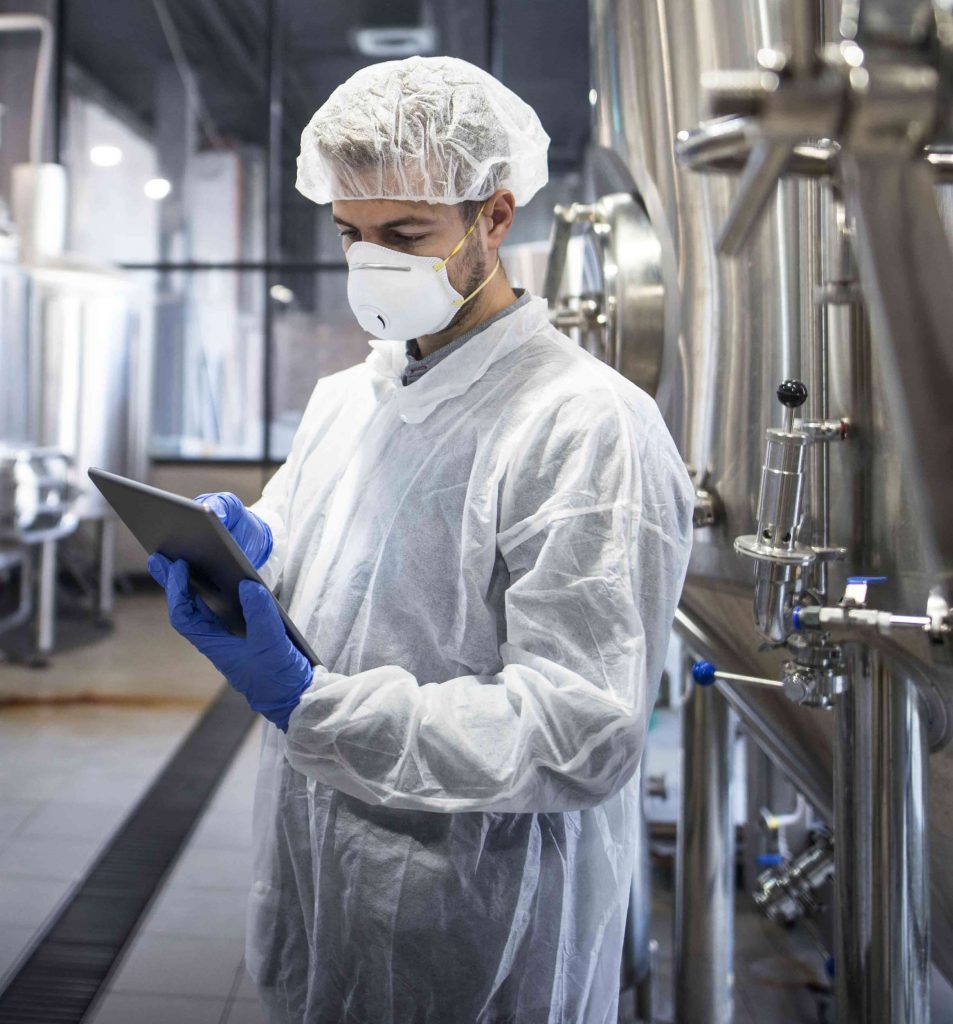
Everything You Need to Know about Temperature Control in Food Industry
Food safety is highly reliant on temperature control. Temperature-controlled food supplies follow specific procedures and conditions established to meet and maintain the standards and specifications of a given product. Aside from making sure that food safety standards are up to par, temperature control is also used to process food products, give desired characteristics (texture, color, aroma), and use it as a microbiological control parameter.
While it is vital to ensure that food is always cooked, cooled, chilled, or appropriately reheated to minimize the growth of harmful bacteria, regulating the temperature of food in storage comes first. Temperature is an irreplaceable part of many processes in the food industry. These processes include an uninterrupted cold chain aided by temperature-controlled vehicles (refrigerated trucks), a moderately high temperature during processing, or sustained temperature during fermentation.
Which food products need temperature control?
High-risk products typically include meat, but even dry goods such as grains and vegetables are more than likely to contain bacteria that will only grow if temperature control is poorly maintained. Therefore, before the food reaches the kitchen for processing, you have to be sure such perishable food should always be stored out of the danger zone of 8 – 63ºC to offset the growth of sickness-inducing bacteria.
How Can You Regulate Temperature Control?
Temperature control is a core element of food safety management systems. For example, freezers and cold storage compartments are fitted with a temperature-recording device. It is also commonplace for these compartments to have automatic control for regulating temperature or even an alarm system that promptly warns of any significant temperature change.
The presence of these measuring and regulating devices are not enough. They need to be correctly calibrated and maintained to give accurate readings to ensure that nothing goes wrong. In addition, raw materials, other ingredients, and processed products must be held in bulk or in containers designed built to safeguard from contamination and allergen cross-contact.
Which Cold Chain Transport Should You Trust?
Do you require transport of temperature-sensitive products for your business operations in Singapore? Then, a temperature-controlled logistics solution such as TreeLogs could be just what you need. We accept meat and seafood, dairy products, fruits and vegetables, snacks, and desserts for transport. As a one-stop service that meets the existing delivery requirements for food & beverage suppliers, it can save you both time and money with our competitive pricing.
You can rest assured that we adhere to stringent standards for frozen, chilled, and ambient temperature food and beverage products. Our temperature-controlled trucks and our reliable and trained drivers work together to ensure food safety, so you only get the best quality delivered to you.
If you’re still on the lookout for a temperature-controlled logistics solution to deliver temperature-controlled food supplies in Singapore, then look no further with TreeLogs. Along with its ugly food marketplace arm, TreeDots, the company aims to stop food waste along the supply chain. Food waste makes up 11% of the total waste generated in Singapore alone. According to the Singapore Environment Council, 393,000 tonnes of produce wasted along the food supply chain equates to about S$2.54 billion in annual food loss. Save on costs and food loss when you choose to partner with TreeLogs.